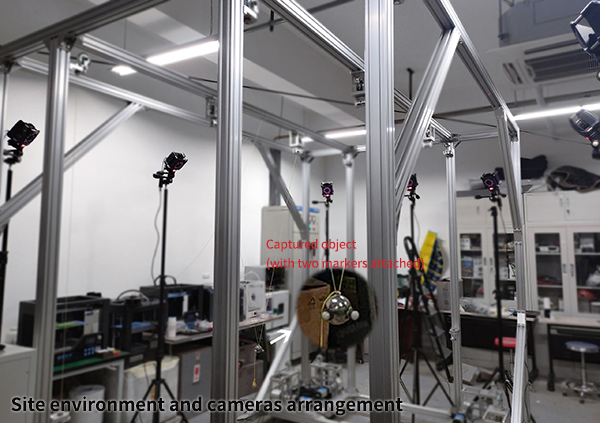The construction technology of large warships and commercial ships is the basis of improving national defense level and ocean transportation capacity, and ship painting is an important link in the process of ship construction. At present, the surface coating of large ships in China generally depends on manual operation, which has some defects such as high labor cost, poor working environment, low working efficiency and poor coating quality. In order to improve this kind of defects, it is the future development trend to introduce various painting robots for painting operations.

At present, there are two kinds of equipment that can realize automatic coating of large-scale surface, namely industrial tandem robot and wall-climbing robot, but they can't fully meet the requirements of high-efficiency automatic coating of large-scale surface. Cable-parallel mechanism with flexible rope as driving branch chain has quickly become one of the hot spots in the field of robot research because of its light weight, heavy load, high dynamic characteristics and large workspace.
Peng Fazhong, a graduate student from department of mechanical engineering, Tsinghua University, has studied the long-span stable motion of cable-parallel mechanism, aiming to provide a stable and efficient trajectory planning scheme for large-scale surface painting process.
In the process of studying the dynamic trajectory planning of cable-parallel mechanism, Peng improved, optimized and simulated some problems existing in the existing trajectory planning theory, and finally verified the trajectory stability through the reconfigurable trajectory experimental platform. In order to obtain the precise pose of the moving platform and realize the fast calibration of the cable mechanism, the experimental platform is equipped with a NOKOV optical 3D motion capture system.
The optical cameras in NOKOV measurement motion capture system can emit infrared rays, and markers are installed on the moving platform. By capturing the reflected infrared rays, the cameras can obtain the position coordinates of markers according to the three-dimensional reconstruction theory, and the actual position coordinates of the moving platform can be calculated according to the installation relationship between markers and moving platform.

Through the experimental platform, the terminal position information and cable force parameters in the track running process can be obtained, which provides data support for exploring the relationship between track stability and cable force change.